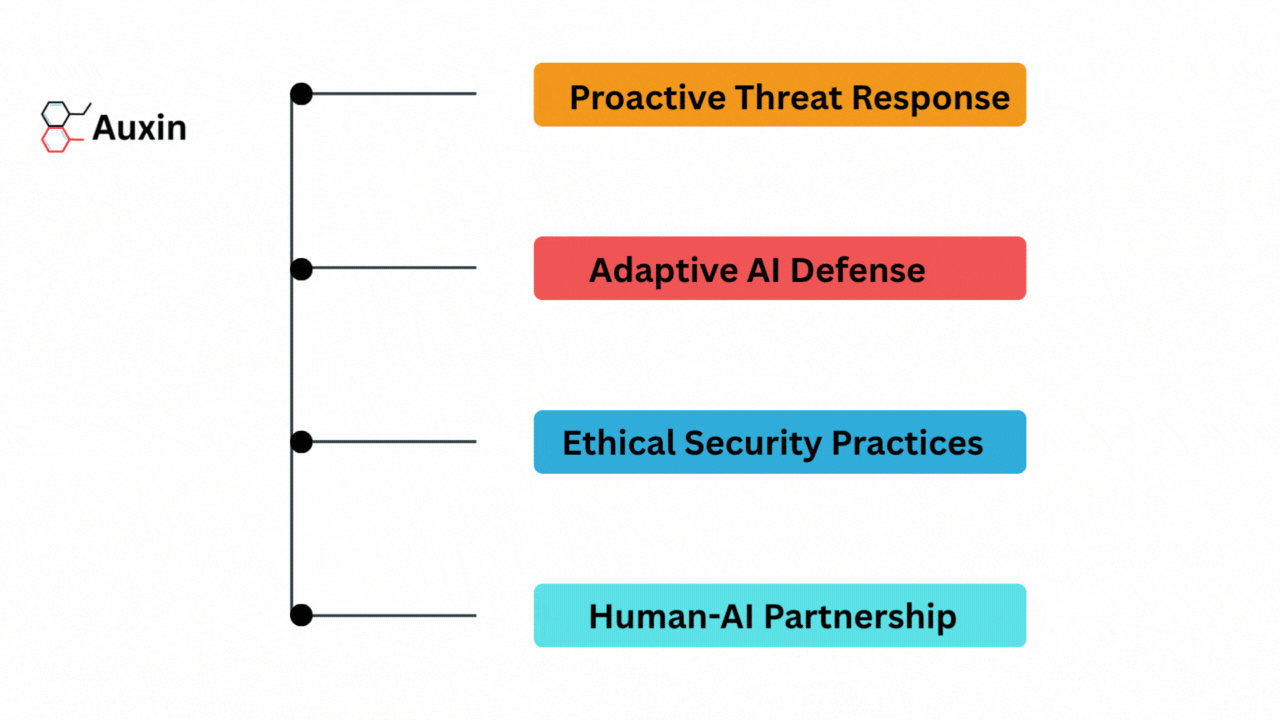Breaking Barriers: How LangChain Security Redefines Blockchain Protection
In the ever-evolving digital innovation landscape, blockchain technology has emerged as a powerful tool, transforming how we conduct transactions, share data, and build trust online. As blockchain adoption continues to soar, ensuring the security of these networks becomes paramount. Enter LangChain Security—a groundbreaking approach to bolstering the integrity of blockchain systems and revolutionizing how we safeguard our digital assets. According to Langchain python “LangChain has a large ecosystem of integrations with various external resources like local and remote file systems, APIs and databases. These integrations allow developers to create versatile applications that combine the power of LLMs with the ability to access, interact with and manipulate external resources.”
Understanding LangChain Security:
LangChain Security is not just another cybersecurity buzzword—it’s a paradigm shift in addressing the vulnerabilities and threats that can compromise the decentralized nature of blockchain networks. Traditional security efforts often fall short when dealing with the complexities of blockchain ecosystems. This technology brings cutting-edge advancements in programming languages, cryptography, and consensus mechanisms to create an innovative shield against attacks.
The Power of Smart Programming Languages:
At the heart of LangChain Security lies a focus on utilizing more innovative programming languages for building blockchain applications. These languages are designed to enable developers to write more secure and resilient intelligent contracts, the building blocks of decentralized applications. By integrating formal verification techniques and robust typing systems, this Security model ensures that code vulnerabilities are detected and eliminated before deployment, reducing the risk of exploits.

Incorporating Advanced Cryptography:
Cryptography is the cornerstone of blockchain security. This takes it a step further by integrating advanced cryptographic techniques to protect sensitive data, verify identities, and ensure the integrity of transactions. By implementing state-of-the-art encryption algorithms, zero-knowledge proofs, and multi-signature schemes, it enhances privacy, reduces attack vectors, and boosts overall network robustness.
Reimagining Consensus Mechanisms:
Consensus mechanisms are pivotal in maintaining the decentralized nature of blockchain networks. LangChain Security explores novel consensus algorithms that improve network scalability and efficiency and enhance security. By combining ideas from proof-of-stake, proof-of-work, and Byzantine fault tolerance, LangChain Security creates a hybrid consensus approach that minimizes the risks associated with centralization and 51% of attacks.
Real-World Applications:
The LangChain Security framework has far-reaching implications across various industries. Creating tamper-proof, transparent, and secure designs is paramount, from finance to supply chain management and healthcare to voting systems. Imagine a world where financial transactions are fraud-proof, medical records are immutable yet accessible, and election results are verifiable by every citizen—this is the promise that LangChain Security holds.
Challenges and Future Prospects:
While LangChain Security presents a promising vision of a more secure blockchain ecosystem, challenges remain. The complexity of integrating new programming languages and consensus mechanisms requires careful planning and collaboration. Additionally, as malicious actors evolve their tactics, continuous adaptation and updates will be necessary to stay ahead of emerging threats.
In the future, as blockchain technology becomes even more integral to our lives, LangChain Security has the potential to become the gold standard for securing these networks. Collaboration among developers, researchers, and industry experts will be crucial in refining and expanding the LangChain Security framework to address the ever-evolving landscape of cybersecurity.
Wrapping up
LangChain Security is not just a concept; it’s a call to action for the blockchain community to prioritize security in its pursuit of innovation. By integrating advanced programming languages, cryptography, and consensus mechanisms, LangChain Security paves the way for a safer and more resilient digital future. As we steer the complexities of a rapidly changing digital landscape, LangChain Security stands as a beacon of hope, redefining how we think about blockchain security. For more insightful blogs, visit auxin.io.







